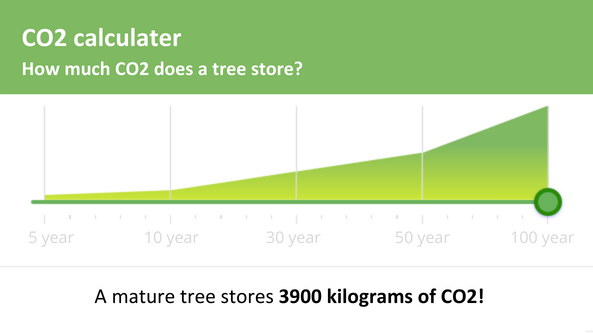
The life of an oak tree!
An oak tree goes through many changes in its life cycle. They are known for their strength and resilience and can live over 1000 years, making them an excellent choice for long-term landscape, supporting the ecosystem and reducing CO2.
The sole existence and purpose of The Green Core are to grow forests in order to reduce CO2 emissions. Oak trees are long-lived, but in commercial forests, they are cut too soon for a variety of purposes. Most oak forests are felled after only 40 years of growth. But the Green Core is different. We do not plant for commercial purposes, therefore the oak trees that we plant are guaranteed to remain standing for at least 60 years.
The Green Core has chosen to plant oak trees because of their great benefits. The trees provide habitat and food for a wide variety of wildlife. They provide important ecosystem services, including water regulation, soil stabilization and carbon sequestration. A mature oak tree is estimated to absorb around 22 kilograms of CO2 per year. By examining the chart, we can see the extent of CO2 absorption achieved by a single oak tree within the first hundred years of its life.
The cycle of life of an oak tree starts with an acorn, which is the tree’s fruit. The acorn contains a single seed that can grow into a young oak tree. In the early stages of growth, they grow between 30 to 90 cm per year.
There are over 600 species. Depending on the species, it can take between 20 to 30 years to reach maturity and become fully grown. It can continue to grow between 30 to 60 cm per year and live to be 300 to 400 years old and some live to be more than 500 years old. One of the oldest oak trees is in Germany and it is over 800 years old!
Are you interested in helping us by becoming a volunteer or sponsor? You are welcome to reach out to us.
Contact
Thank you for reading this article!